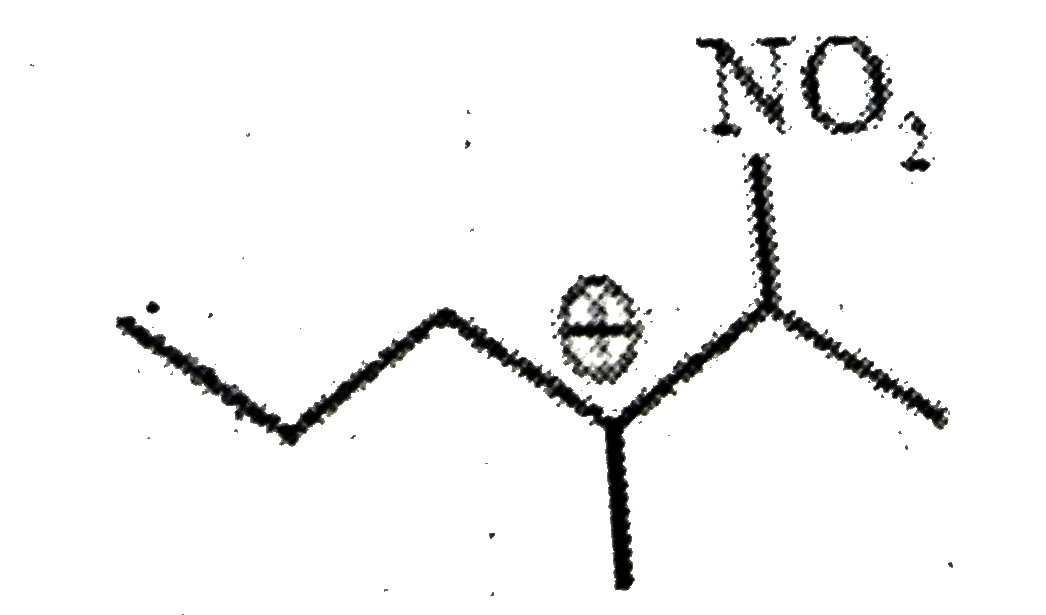The most stable carbocation amongst the following is

CH=CH−⊕CH2
CH3−CH2−⊕CH2
CH2=C=⊕CH
To determine the most stable carbocation among the given options, we will follow these steps:
Step 1: Understand Carbocation Stability
Carbocations are positively charged carbon species that are electron deficient. Their stability is influenced by several factors, including:
- Inductive effects from adjacent atoms or groups.
- Resonance stabilization.
- Aromaticity in cyclic structures.
Step 2: Identify the Types of Stabilization
1. Inductive Effect: Electron-donating groups (like alkyl groups) stabilize carbocations through the +I effect.
2. Resonance: If a carbocation can delocalize its positive charge through resonance structures, it will be more stable.
3. Aromaticity: If a carbocation is part of a cyclic structure that meets the criteria for aromaticity (cyclic, planar, fully conjugated, and follows Huckel's rule), it will be exceptionally stable.
Step 3: Analyze the Given Carbocations
- Option 1: Check if it has any resonance or inductive stabilization.
- Option 2: Look for resonance structures or alkyl groups that could stabilize the carbocation.
- Option 3: Determine if it is cyclic and can be aromatic.
- Option 4: Evaluate for any stabilization factors present.
Step 4: Evaluate Aromaticity
If any of the carbocations is cyclic and follows the aromaticity criteria:
- It must be cyclic.
- It must be planar.
- It must have a continuous overlap of p-orbitals (sp² hybridization).
- It must follow Huckel's rule (4n + 2 π electrons).
Step 5: Conclusion
After analyzing all options, the carbocation that is cyclic and fulfills the aromaticity criteria will be the most stable due to the additional stabilization provided by aromaticity. If no aromatic carbocation is present, then the one with the most resonance or inductive stabilization will be the next most stable.
Final Answer
The most stable carbocation amongst the given options is the one that is aromatic.
---
Carbocations are positively charged carbon species that are electron deficient. Their stability is influenced by several factors, including:
- Inductive effects from adjacent atoms or groups.
- Resonance stabilization.
- Aromaticity in cyclic structures.
1. Inductive Effect: Electron-donating groups (like alkyl groups) stabilize carbocations through the +I effect.
2. Resonance: If a carbocation can delocalize its positive charge through resonance structures, it will be more stable.
3. Aromaticity: If a carbocation is part of a cyclic structure that meets the criteria for aromaticity (cyclic, planar, fully conjugated, and follows Huckel's rule), it will be exceptionally stable.
- Option 1: Check if it has any resonance or inductive stabilization.
- Option 2: Look for resonance structures or alkyl groups that could stabilize the carbocation.
- Option 3: Determine if it is cyclic and can be aromatic.
- Option 4: Evaluate for any stabilization factors present.
If any of the carbocations is cyclic and follows the aromaticity criteria:
- It must be cyclic.
- It must be planar.
- It must have a continuous overlap of p-orbitals (sp² hybridization).
- It must follow Huckel's rule (4n + 2 π electrons).
After analyzing all options, the carbocation that is cyclic and fulfills the aromaticity criteria will be the most stable due to the additional stabilization provided by aromaticity. If no aromatic carbocation is present, then the one with the most resonance or inductive stabilization will be the next most stable.
The most stable carbocation amongst the given options is the one that is aromatic.
Topper's Solved these Questions
- ORGANIC CHEMISTRY : SOME BASIC PRINCIPLES AND TECHNIQUES BOOK - AAKASH INSTITUTECHAPTER - ORGANIC CHEMISTRY : SOME BASIC PRINCIPLES AND TECHNIQUES EXERCISE - Assignment(SECTION-A)
60 Videos
- ORGANIC CHEMISTRY : SOME BASIC PRINCIPLES AND TECHNIQUES BOOK - AAKASH INSTITUTECHAPTER - ORGANIC CHEMISTRY : SOME BASIC PRINCIPLES AND TECHNIQUES EXERCISE - Assignment(SECTION B)
3 Videos
- ORGANIC CHEMISTRY : SOME BASIC PRINCIPLES AND TECHNIQUES BOOK - AAKASH INSTITUTECHAPTER - ORGANIC CHEMISTRY : SOME BASIC PRINCIPLES AND TECHNIQUES EXERCISE - Try Yourself
23 Videos
- MOCK_TEST_20BOOK - AAKASH INSTITUTECHAPTER - MOCK_TEST_20EXERCISE - EXAMPLE
28 Videos
- ORGANIC CHEMISTRY: SOME BASIC PRINCIPLE AND TECHNIQUESBOOK - AAKASH INSTITUTECHAPTER - ORGANIC CHEMISTRY: SOME BASIC PRINCIPLE AND TECHNIQUESEXERCISE - TRY YOURSELF
28 Videos
Similar Questions
Knowledge Check
The most stable carbocation among the following is
A B
B C
C D
D
Most stable carbocation among the following is
A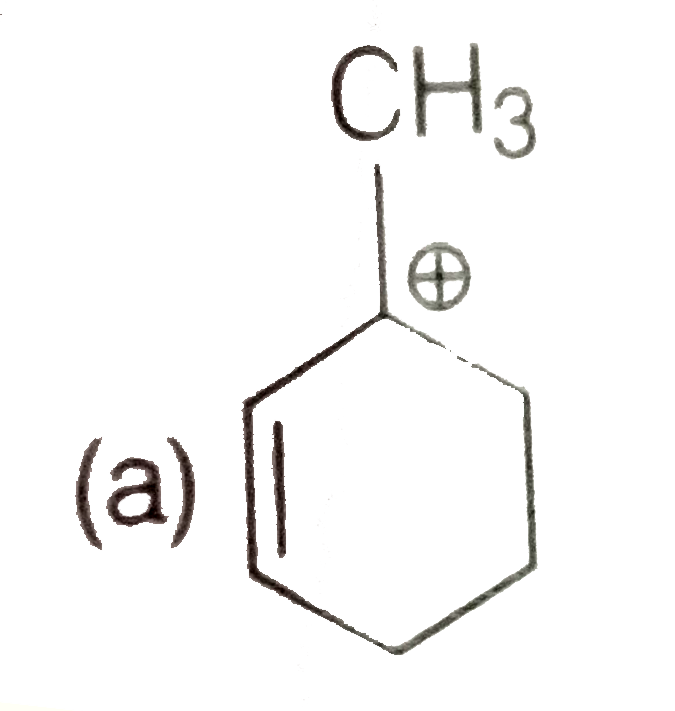 B
B C
C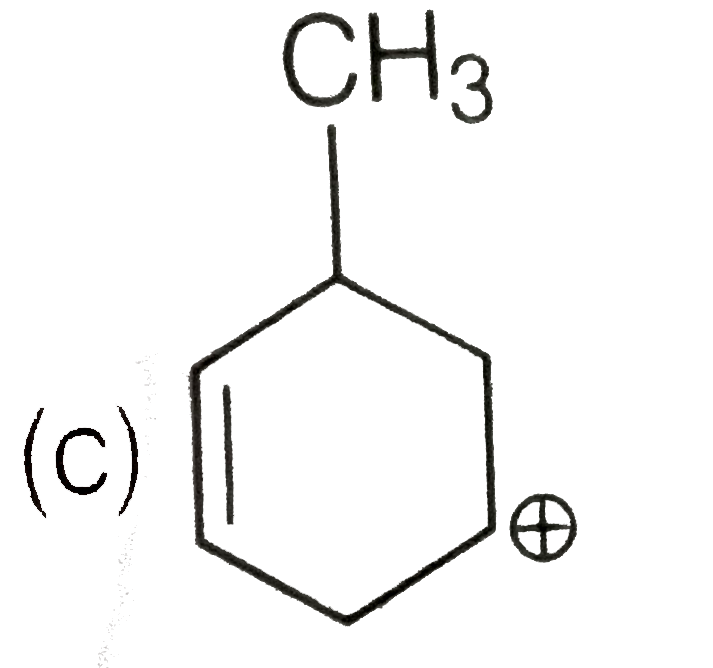 DAll of these
DAll of theseThe most stable carbocation among the following:
A B
B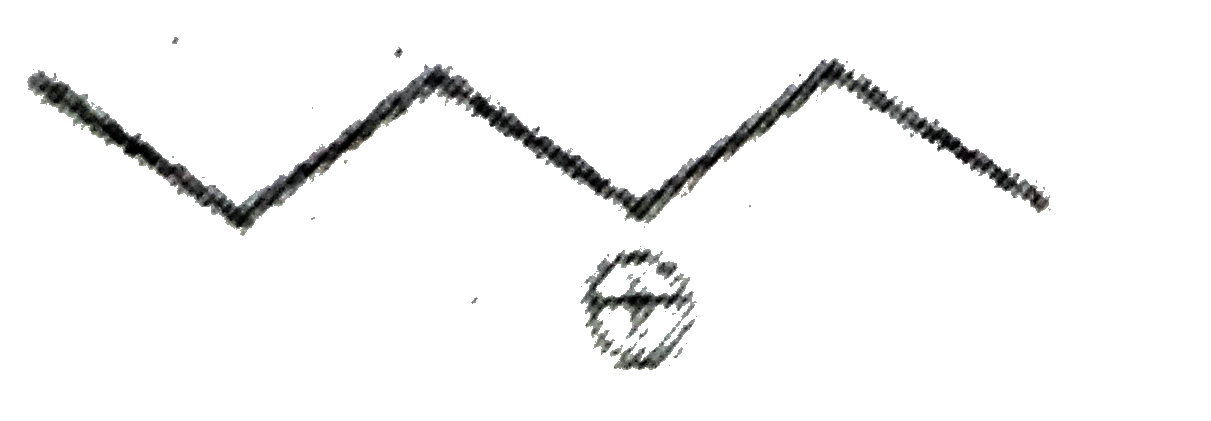 C
C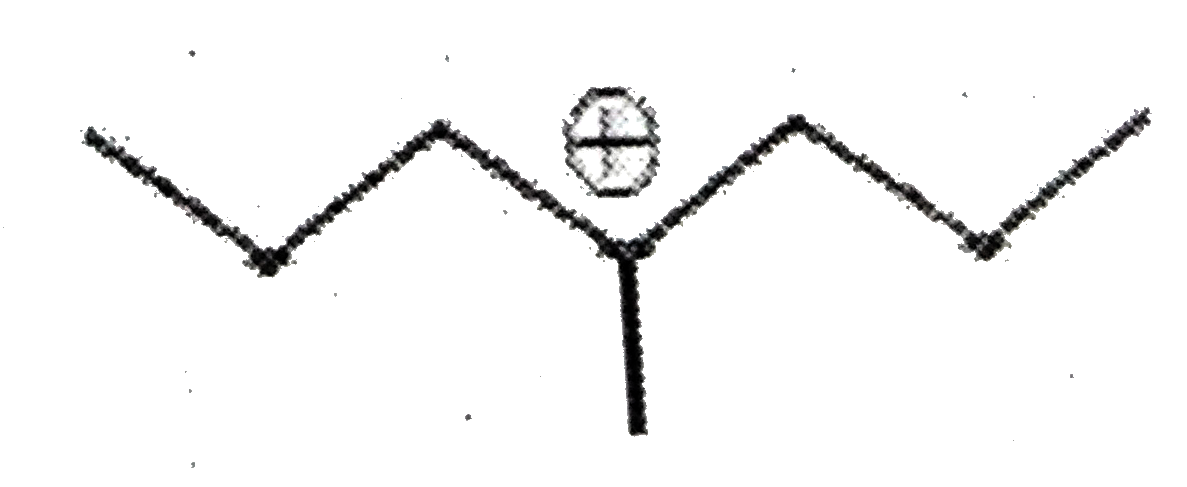 D
D